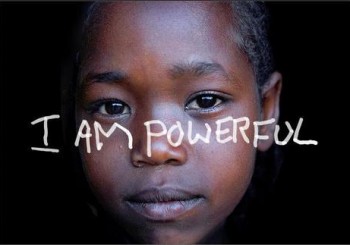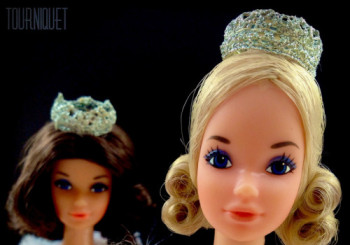
Nina Simone (1933-2003) was an American musician and activist who became an important voice of the Civil Rights Movement, and of anti-racism in the music industry. Her experiences as an artist prompted her to speak on oppression not only towards black people, but within the community; she openly addressed colorism as a dark-skinned woman who did not harbor eurocentric features, and the erasure...
More
More













